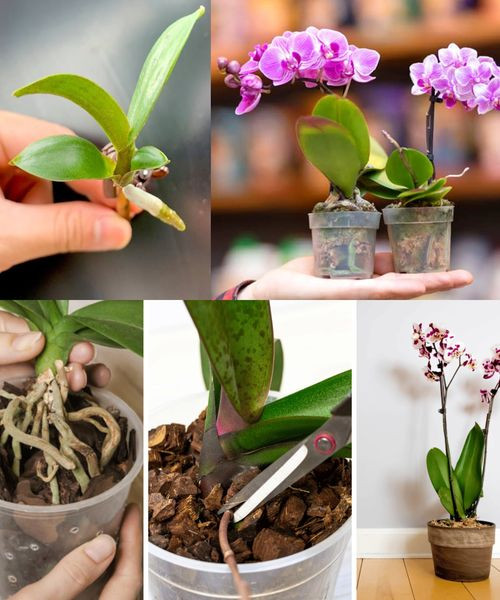ADVERTISEMENT
Sure! Here’s an engaging and informative article titled:
How to Propagate Orchids So You Don’t Have to Buy Them Anymore
Orchids are some of the most captivating and exotic flowers you can grow at home—but they’re not always cheap. If you’ve fallen in love with their elegance and want more without spending a dime, there’s good news: with a bit of patience and the right techniques, you can propagate orchids at home and grow your collection for free.
In this guide, we’ll walk you through the most effective ways to propagate orchids, using common methods like keiki (baby plant) propagation, division, and back bulbs. Let’s dig in!
1. Propagating Orchids with Keikis (Best for Phalaenopsis)
A keiki (pronounced kay-key) is a small plantlet that grows on a flower spike or stem of the mother plant. Keikis are essentially clones and are the easiest way to propagate Phalaenopsis, Dendrobium, and some Epidendrum orchids.
How to Do It:
- Identify a keiki: Look for a baby plant growing from the node of a flower spike. It will have small leaves and eventually roots.
- Wait for maturity: Allow it to develop at least 2–3 inches of roots before removing it.
- Cut and pot: Use sterile scissors to cut the keiki away from the mother plant, keeping a bit of the stem. Plant it in fresh orchid bark in a small pot.
- Water and care: Keep the humidity high and water regularly while roots establish.
Pro Tip: If your orchid isn’t producing keikis, applying a keiki paste (a hormone-based gel) on a node can encourage growth.
2. Propagating by Division (Great for Sympodial Orchids)
Sympodial orchids like Cattleya, Oncidium, and Dendrobium grow horizontally and produce multiple growths or “pseudobulbs.” These types can be divided once they mature.
How to Do It:
- Remove the orchid from its pot and gently shake off excess bark.
- Look for natural divisions: Each division should have at least 3–4 pseudobulbs and healthy roots.
- Use sterilized tools to cut the rhizome between the bulbs.
- Repot each division in a suitable orchid mix and water lightly.
- Provide high humidity and indirect light until new growth appears.
Pro Tip: The best time to divide orchids is right after blooming, during active root growth.
3. Propagating Using Back Bulbs (For Older Sympodial Orchids)
Back bulbs are older, leafless pseudobulbs that no longer flower—but they still contain dormant growth nodes that can sprout new shoots.
